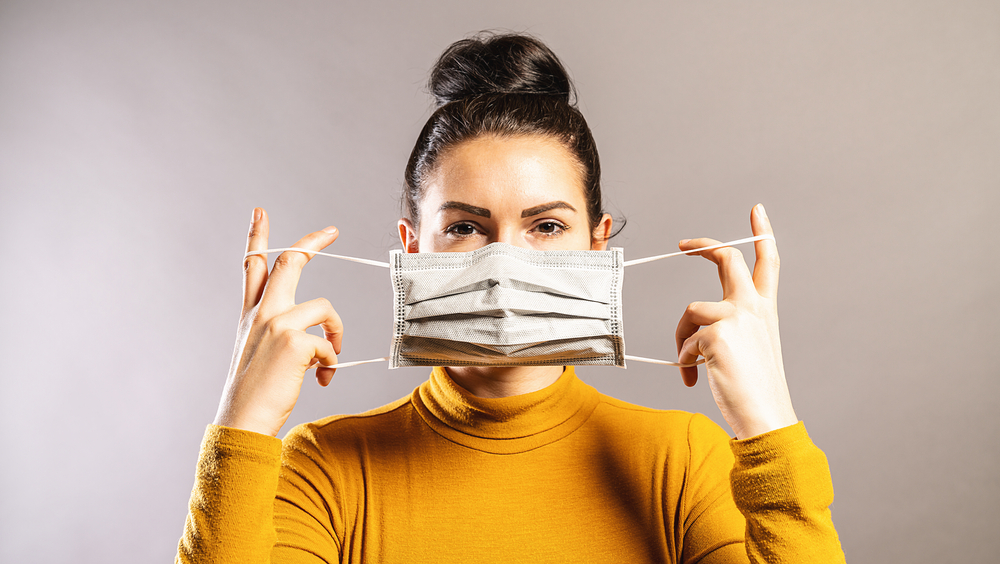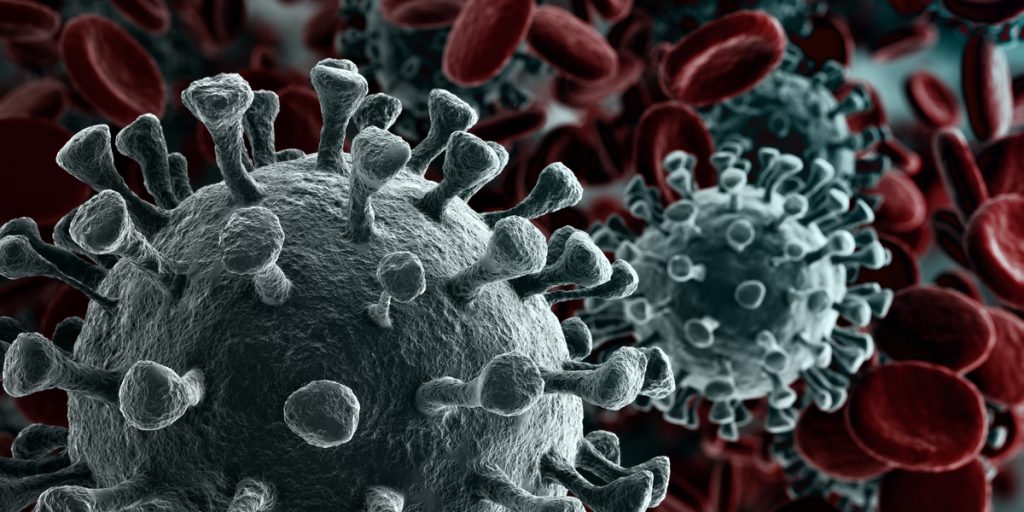This article provides comprehensive and current information about the JN.1 variant of COVID-19.
Others are reading now
The COVID-19 pandemic, which began in late 2019, has continued to evolve with new variants emerging over time. One such variant, JN.1, has recently gained attention for its rapid spread and potential implications for public health. This article aims to provide comprehensive information about the JN.1 variant, offering insights into its characteristics, transmission, symptoms, and preventive measures.
Background
JN.1, identified amidst the common respiratory virus season, is a highly mutated form of SARS-CoV-2, contributing to rising cases in the U.S. It first emerged in September as a derivative of the BA.2.86 Omicron subvariant and now it has become the dominant variant.
Also read

Characteristics of JN.1
JN.1, has an additional mutation in the spike protein (L455S) as reported by Centers for Disease Control And Prevention (CDC). It is similar to BA.2.86 but demonstrates a potential for increased transmissibility or immune system evasion. Despite these characteristics, JN.1 does not appear to cause more severe illness than previous variants.
Symptoms and Severity
As of now, it has not been officially confirmed that JN.1 causes different symptoms. However, an increasing number of individuals have reported experiencing two new symptoms: anxiety and poor sleep, following infection with this variant.
In addition to these, the ‘usual’ symptoms associated with JN.1 include cough, sore throat, congestion, runny nose, sneezing, fatigue, headache, muscle aches, and an altered sense of smell. The severity of these symptoms largely depends on an individual’s immunity, which is influenced by vaccination status and previous infections.
Public Health Impact
Experts note that JN.1’s rapid growth could mean it’s more adept at evading the immune system. However, it has not led to a significant increase in hospitalizations. The CDC emphasizes that the current public health risk from JN.1 remains low for severe illness.

Preventive Measures
To protect against JN.1 and other COVID-19 variants, the CDC recommends the following:
-
Updated Vaccinations: Updated COVID-19 vaccines are expected to increase protection against JN.1. Vaccination is crucial for preventing severe disease, hospitalization, and reducing the risk of long COVID.
-
Testing: Testing remains essential, especially if you have symptoms or have been exposed to COVID-19. While tests cannot specify the variant, they can confirm infection.
-
Medical-Grade Masks: Wearing N95 or KN95 masks in crowded places is advised for additional protection.
-
Indoor Air Quality: Improving indoor air through methods like using portable air cleaners or increasing ventilation can help prevent the spread.
Long COVID Risks and Treatments
The risk of long COVID persists with JN.1, as with other variants. However, vaccination may reduce this risk. Current treatments, including COVID-19 oral antivirals (Paxlovid, molnupiravir, remdesivir), remain effective against JN.1.
Recent research, however, has shown that products like Paxlovid do not reduce the risk of long COVID.
As JN.1 continues to evolve, it is crucial to stay informed and adhere to recommended preventive measures.
FAQs
-
What makes JN.1 different from other variants?
-
JN.1 has an additional mutation in its spike protein and may be more transmissible.
-
-
Are current vaccines effective against JN.1?
-
Yes, updated COVID-19 vaccines are expected to offer protection against JN.1.
-
-
Should I get tested for JN.1 specifically?
-
COVID-19 tests can confirm infection but cannot specify the variant.
-
-
Can JN.1 cause more severe illness?
-
There is no evidence that JN.1 causes more severe illness than other variants.
-
-
How can I protect myself from JN.1?
-
Get vaccinated, wear masks in crowded places, improve indoor air quality, and follow CDC guidelines.
-


